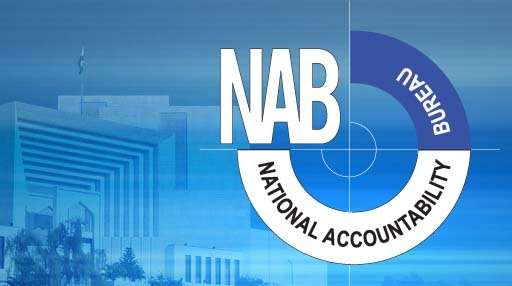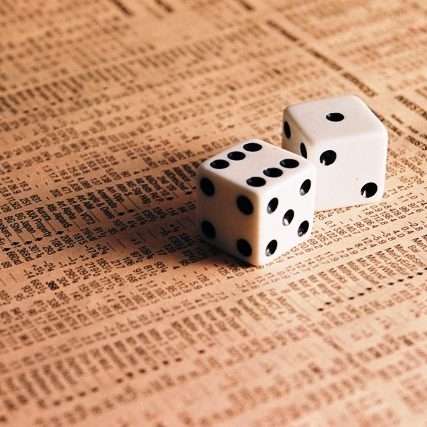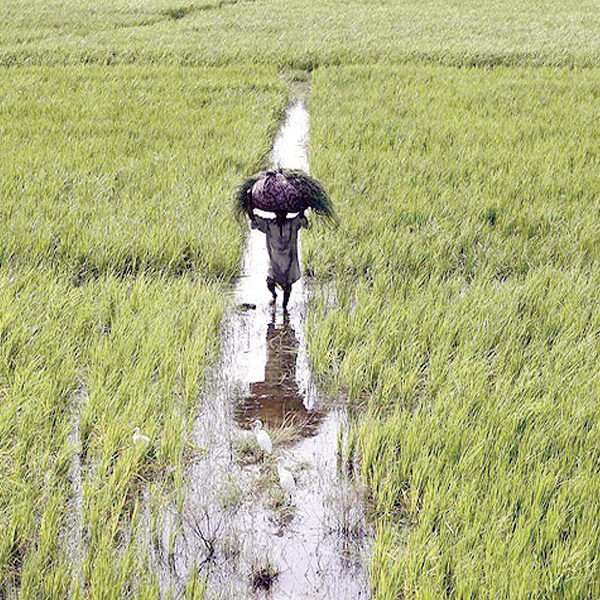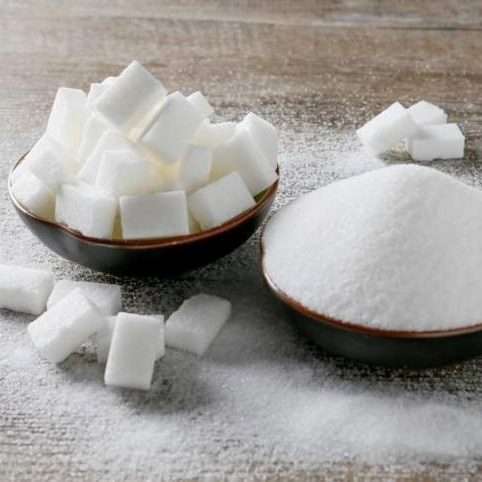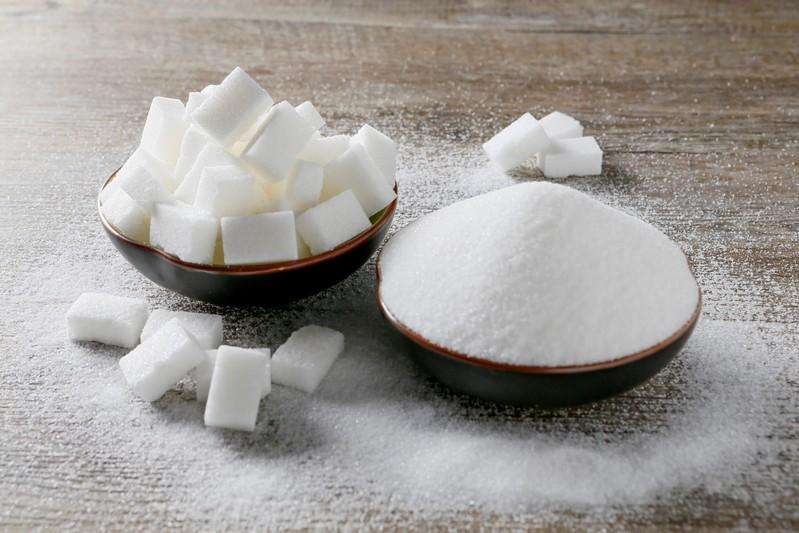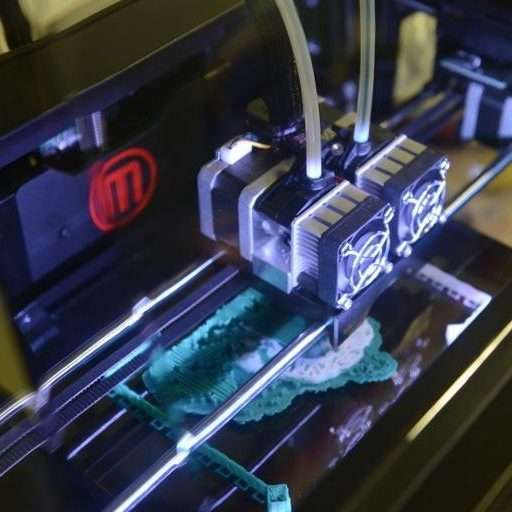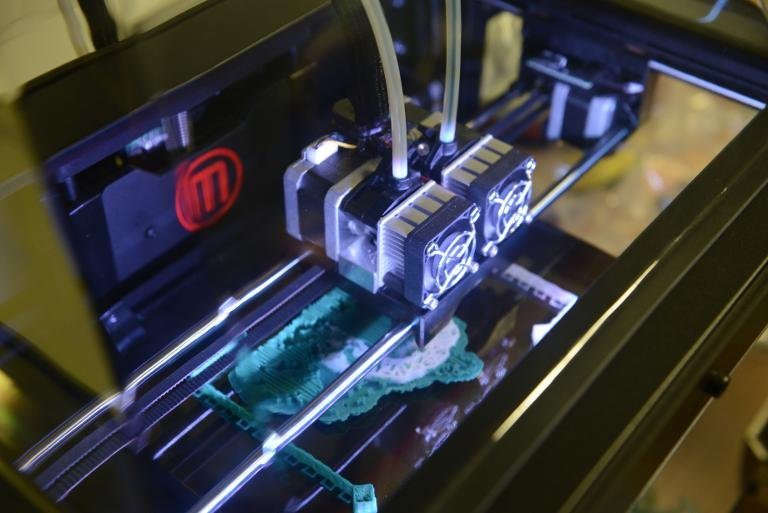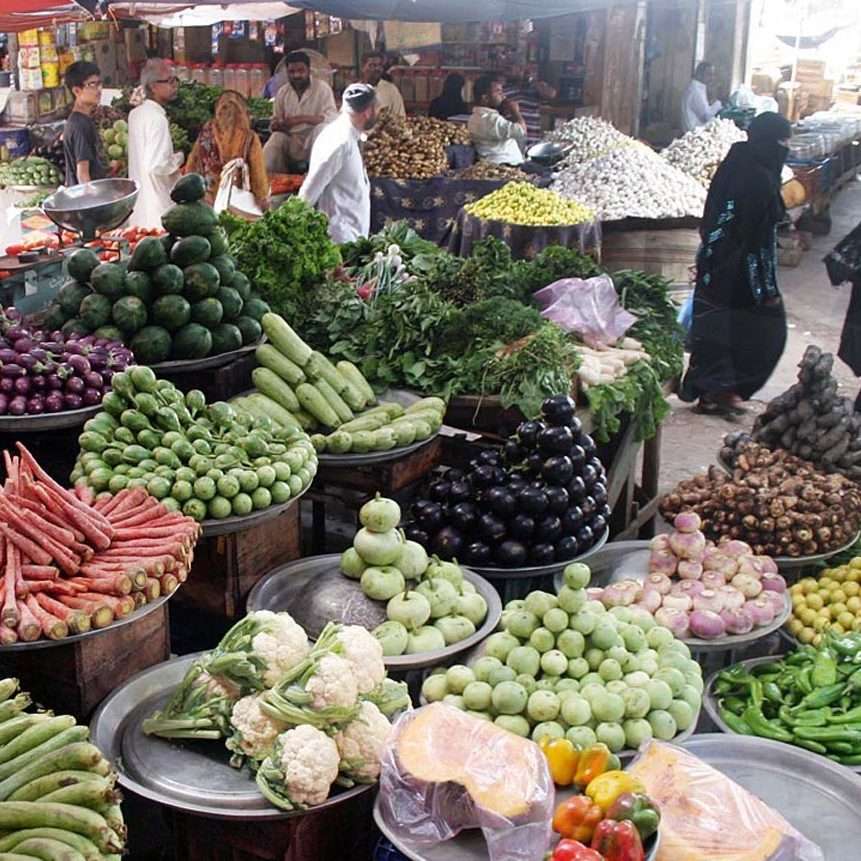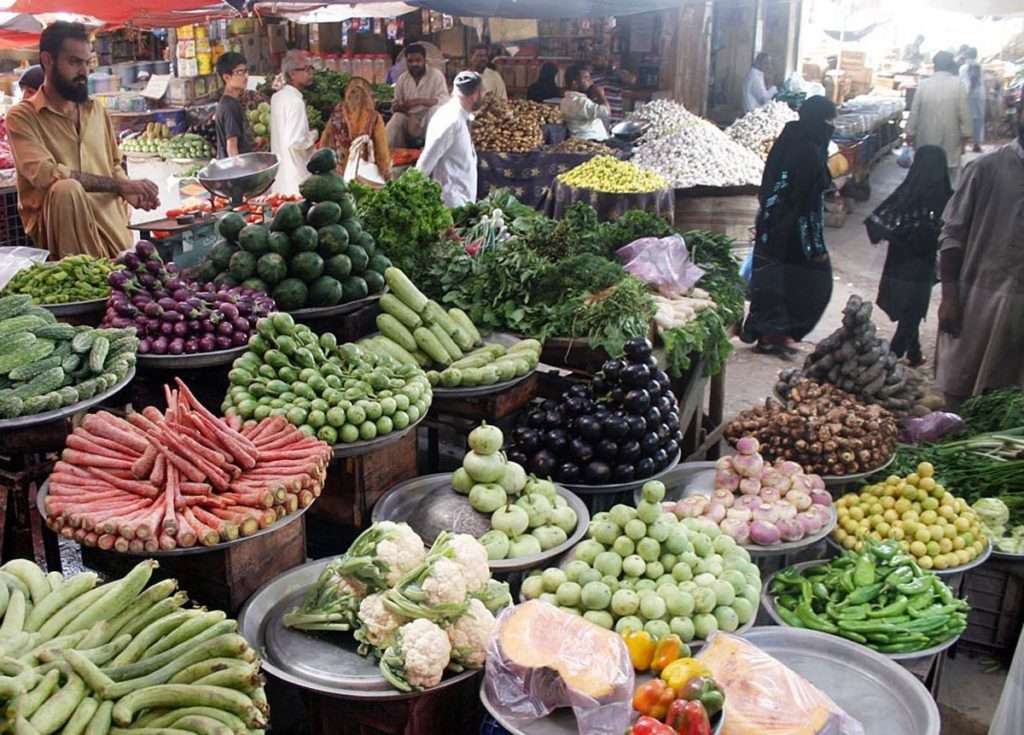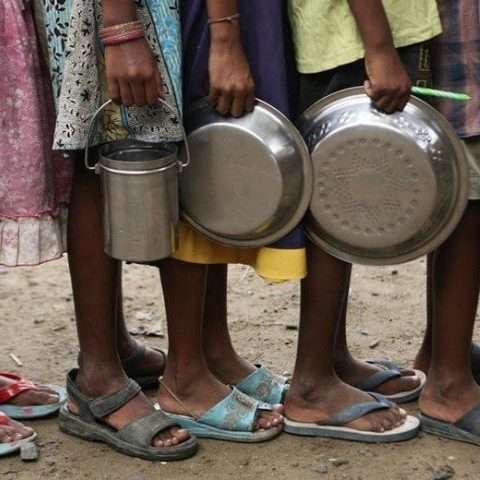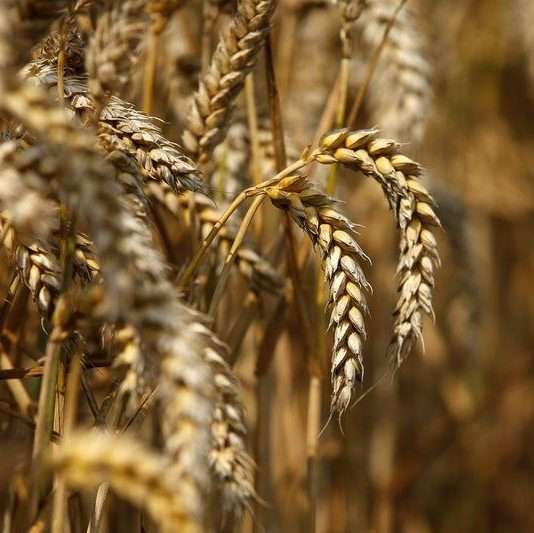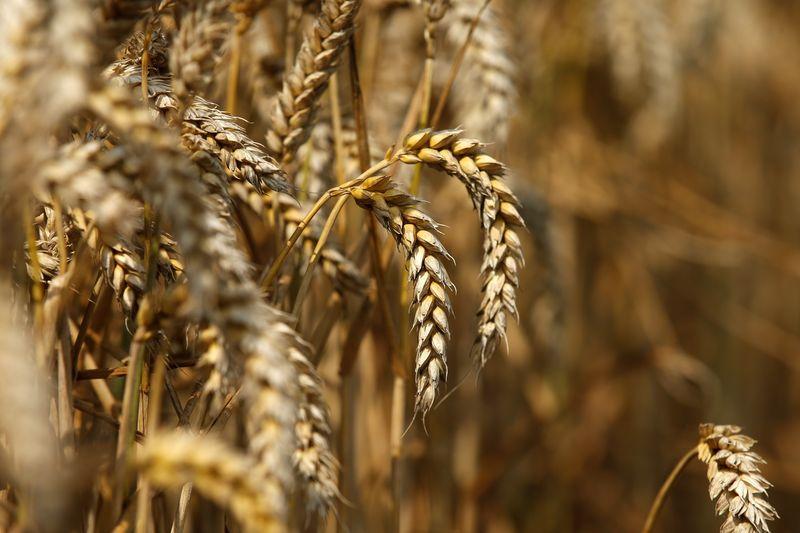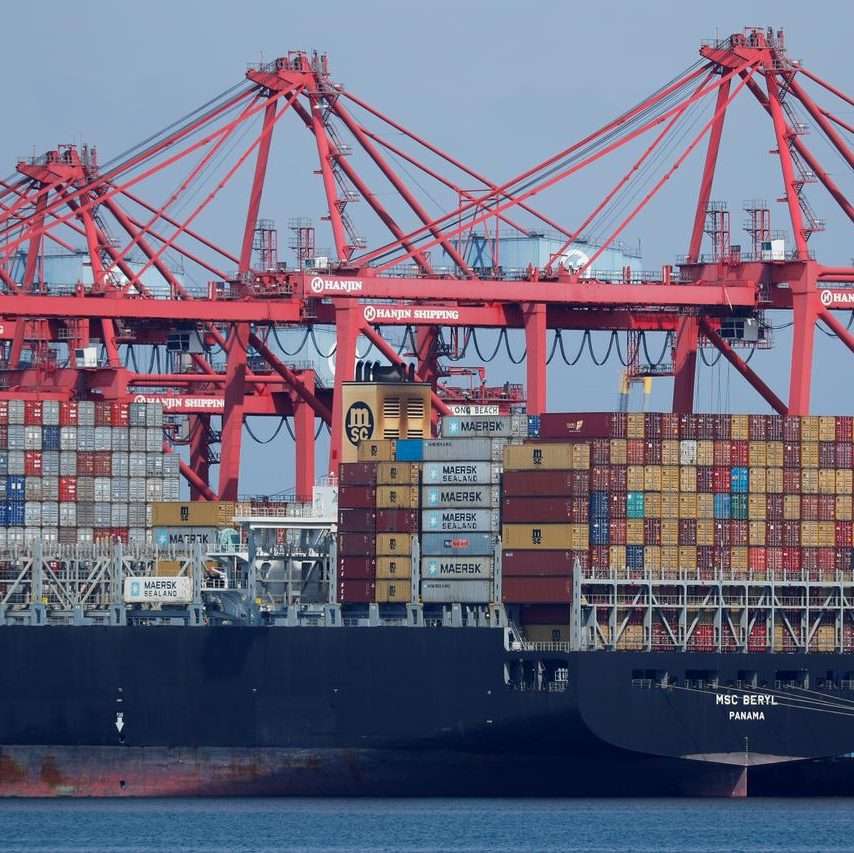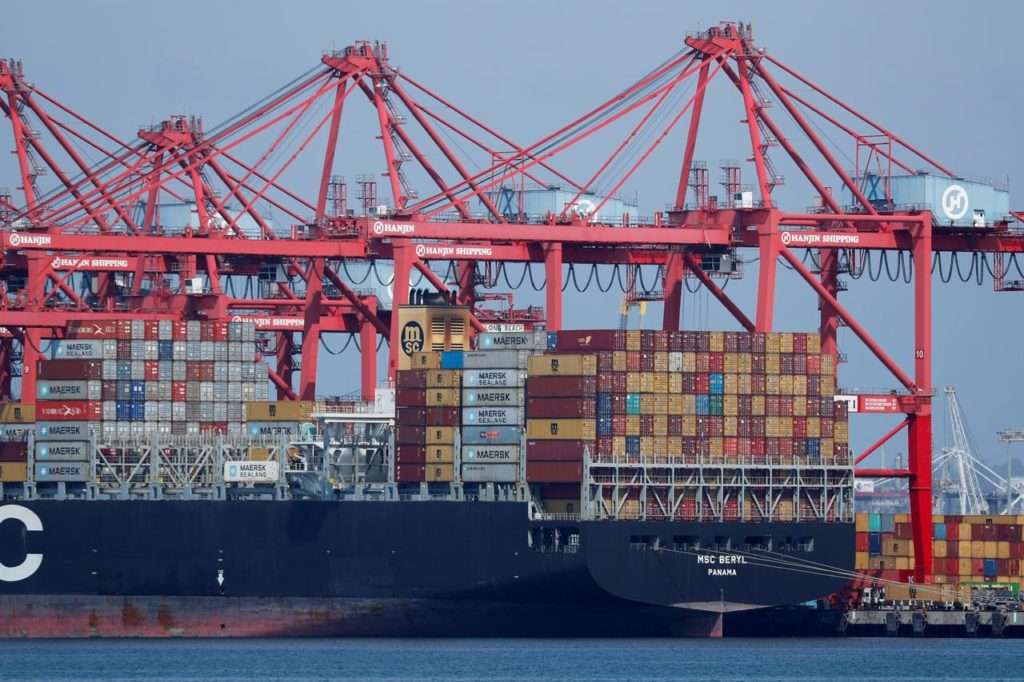Debt level: should we be alarmed?
Ali Salman
While public debt is important, the country must not be lost in these numbers

ISLAMABAD:
In November 2016, the federal government was in a happy mood. Pakistan had successfully graduated from an International Monetary Fund (IMF) programme.
China-Pakistan Economic Corridor (CPEC) investments were looking good and gross domestic product (GDP) growth rate was on an upward trajectory.
When PRIME think tank organised its third National Debt Conference exactly four years ago, the speakers including Dr Ashfaque Hasan Khan along with co-author Dr Hafiz Pasha made some disturbing projections.
Presenting in 2016, they projected that Pakistan’s external debt would swell to $110 billion (from $73 billion then) in 2020, the country will be spending at least 40% of its revenue on debt servicing and it will go for another IMF programme in 2018-19. This conference and its proceedings were covered in the media.
Fast forward to November 2020. Pakistan’s external debt stands at $113 billion, the country is spending 41% of its revenue on debt servicing and guess what? Pakistan entered into an IMF programme exactly as per the projection in fiscal year 2018-19.
One projection, however, proved wrong – in 2019-20, Pakistan spent just 17.20% of its foreign exchange earnings on external debt servicing, instead of the projected 40%.
But another projection was right on the money. It was projected that the country’s external debt-to-exports ratio will be 441%. Currently, it stands at 438%.
Unfortunately, these projections were ignored by the then government and I can recall the public rebuke by the then finance minister, who rejected this analysis. Did it help?
Where are we now?
The public debt-to-GDP ratio has crossed 87%, thus violating the constitutional limit of 60% defined in the Fiscal Responsibility and Debt Limitation Act 2005.
To be fair, the federal government does not have many options now. The Economic Coordination Committee (ECC) has approved increase in electricity tariff by 17% and gas tariff by 14% in line with the IMF programme. The cabinet has stalled this given the rising momentum of the opposition.
Despite the shock therapy of foreign exchange regime, which was a step in the right direction, exports have continued to be sticky around $21-24 billion. The government may set whatever targets in the new trade policy framework, these are unlikely to be achieved.
The only hope for Pakistan is a continued and increasing flow of remittances. However, this channel is also coming under pressure due to the changing global political economy, particularly around Iran and Israel.
Additionally, no one is sure how to explain rising remittances in a global economic meltdown in the midst of a worst possible pandemic. I recall that a senior economist used the term remittance plus for this phenomenon.
Roshan Digital Accounts are proving helpful and thousands have already opened their accounts. However, this will only help in improving the current account, which is already in surplus, thanks in part to suppressed imports.
Also, as argued by economist Beenish Javed in her report, the present government has done well by stopping borrowing from the State Bank of Pakistan (SBP). However, this report clearly establishes that debt sustainability indicators have deteriorated.
There is the Medium-Term Debt Management Strategy FY20-23 in place. As a good economic policy document, it is built on three assumptions as targets – GDP growth, inflation and fiscal balance.
The implementation of the strategy is conditioned on achieving these targets. It is no-brainer that the growth rate has gone southward while inflation and fiscal deficit have gone north.
As these targets remain far-fetched and unattainable, the Debt Management Strategy becomes a meaningless document.
However, this does bring home important points. Ultimately, while public debt is important, we should not be lost in these numbers. The underlying characteristic of any economy is the growth as well as its source and composition. Growth can sustain responsibly assumed debt. Similarly, a government which can cut down wasteful expenditures can contain the deficit which becomes a reason for borrowing.
We have lost Rs2.3 trillion in the energy sector alone in the last 10 years and continue to lose Rs2 trillion a year through state-owned enterprises and other inefficiencies.
Money printing is bad as it eats up purchasing power and it is a good sign that the government is not doing it. But borrowing from domestic banks is worse, as it displaces the private sector and yields risk-free profits for fat bankers at the cost of taxpayers. It is these issues that an open debate on national debt can shine a light on.
Debate matters but it is not happening. We were asked to stop organising the National Debt Conference in 2018 after the fifth conference. While the debate was cut off, the debt rise did not rest.
It is true that a dialogue on public debt does not directly solve the problem but silencing the debate can only make matters worse. Sadly, this has happened. Perhaps, it is time to revive the debt conference. Are there any takers?
The writer is the founder of PRIME Institute, an independent think tank based in Islamabad
Published in The Express Tribune, November 30th, 2020.



